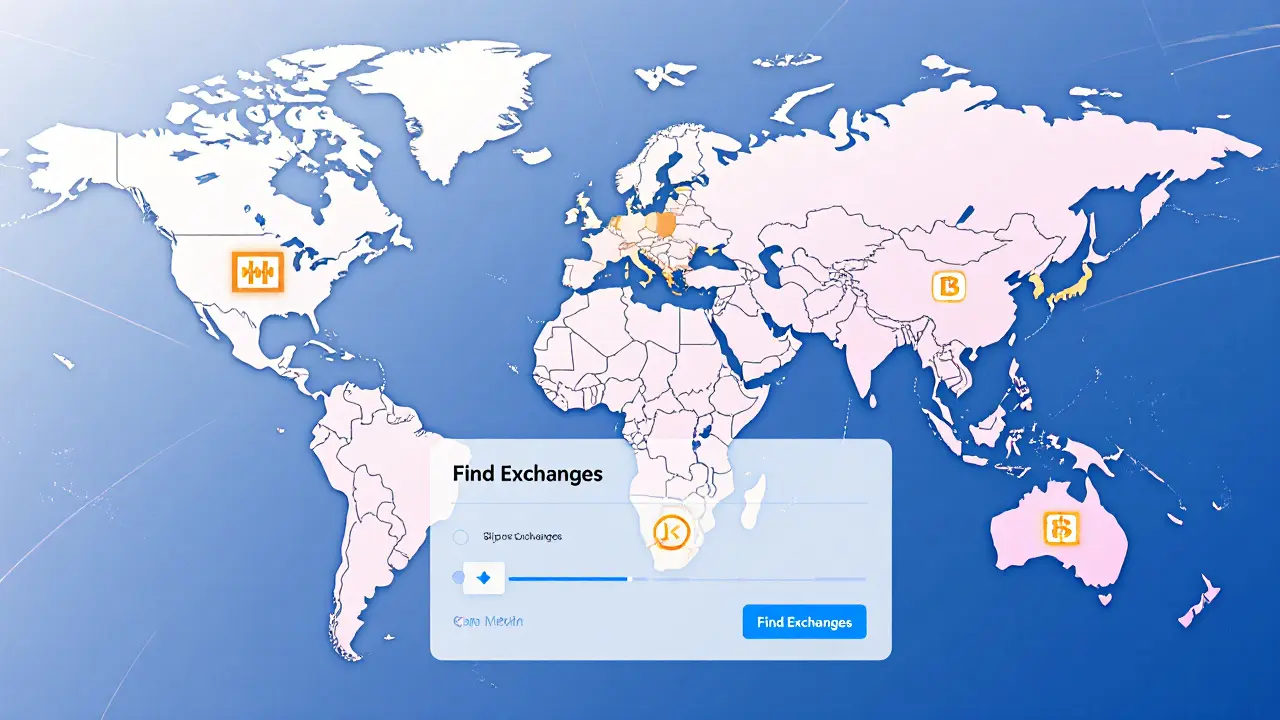Global Crypto Exchange Regulation: Rules, Challenges, and Outlook
When talking about global crypto exchange regulation, the set of laws, licenses, and supervisory frameworks that govern how digital asset platforms operate across borders. Also called crypto exchange compliance, it blends local rules with international standards. One major piece is MiCA, the EU’s Markets in Crypto‑Assets regulation that creates a unified market for crypto services. In the United States, crypto licensing covers MSB registration, BitLicense, and state money‑transmitter permits. Finally, sandbox programs let innovators test new products under a lighter supervisory approach before full licensing.
Why the Landscape Matters for Every Trader and Provider
Regulation isn’t just paperwork; it decides who can list a token, how fees are disclosed, and whether an exchange can accept users from a particular country. For example, MiCA’s passport feature lets a licensed provider operate in all 27 EU states without re‑applying in each market. That same passport concept pushes firms to standardize AML/KYC checks, which in turn reduces the risk of fraud. In the US, the BitLicense demands detailed cybersecurity audits, meaning a platform must invest in robust security hardware—something you’ll see discussed in our review of US‑focused exchanges.
Sandbox initiatives in places like Singapore, the UK, and the UAE give startups a chance to prove their tech before a full audit. They often require a minimum capital reserve and a clear governance model, which aligns with the requirements highlighted in our guide on sandbox applications. When a project graduates, it usually gains faster access to a broader customer base and can attract institutional investors who demand regulatory certainty.
The interplay between regional rules and global ambitions creates a set of strategic choices. A crypto exchange targeting Asian markets might prioritize Thailand’s license, which demands a specific capital threshold and a local compliance officer. Meanwhile, a platform eyeing European users will need to meet MiCA’s transparency standards and can benefit from the EU passport to expand quickly. Understanding these connections helps you decide where to allocate resources and which legal path offers the best ROI.
Our collection below reflects this breadth. You’ll find a step‑by‑step guide to US crypto licensing, a practical checklist for applying to sandbox programs, and a deep dive into MiCA’s passport mechanics. There are also country‑specific reviews—like Thailand’s crypto exchange license requirements and Iran’s exchange bans—that show how local politics shape the global picture. For investors, we include a 2025 outlook on exchange CEOs and how they steer their firms through regulatory turbulence.
Each article ties back to the core idea that regulation shapes market access, security standards, and ultimately user trust. By mastering the key entities—MiCA, US licensing, sandbox programs, and regional permits—you can navigate the compliance maze with confidence. Below you’ll discover actionable guides, real‑world case studies, and expert analysis that turn complex rules into clear steps you can follow today.

Global Crypto Exchange Availability by Region - 2025 Overview
Nov 24, 2024, Posted by Ronan Caverly
Explore how regional regulations, market demand, and tech affect crypto exchange availability worldwide in 2025, with a focus on top platforms and future trends.
MORESEARCH HERE
Categories
TAGS
- decentralized exchange
- crypto exchange review
- cryptocurrency
- crypto coin
- CoinMarketCap airdrop
- smart contracts
- tokenomics
- cryptocurrency exchange safety
- crypto exchange
- cryptocurrency airdrop
- crypto airdrop
- cryptocurrency exchange
- crypto airdrop guide
- blockchain token distribution
- DeFi
- crypto exchange scam
- crypto airdrop 2025
- Ethereum
- cross-chain interoperability
- ERC-20
